
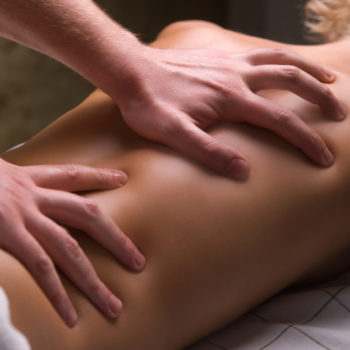 Sports therapy massage is a type of massage that helps athletes repair and rejuvenate muscles throughout training cycles.
Sports therapy massage is a type of massage that helps athletes repair and rejuvenate muscles throughout training cycles.
This massage actually conditions muscles to handle higher levels of activity with a shorter duration of rest needed in between sessions. Sports massage therapists suggest athletes use this modality at least once per month when training but frequency increases depending on the training schedule.
Keep in mind that a sports therapy massage may use several different types of massage techniques to achieve the desired results. If your sports massage at times feels a lot like other massages, this is because your massage therapist is trained in multiple techniques to provide you the best results. At times, some athletes may need the energizing results of a Swedish massage or the mental clarity provided by Shiatsu between formal sports massage sessions.
What is Sports Therapy Massage
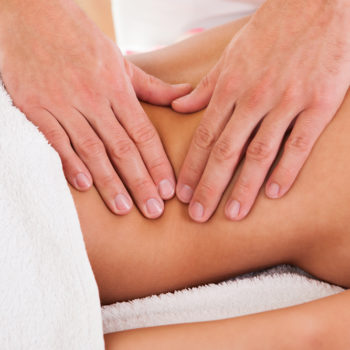 Sports massage is a physical therapy, deep tissue massage using various massage modalities to help athletes in training to improve performance. The massage helps reduce injuries, removes lactic acid and other toxins that build in muscles, and improves flexibility. One of the primary modalities used in sports therapy massage is called active release technique.
Sports massage is a physical therapy, deep tissue massage using various massage modalities to help athletes in training to improve performance. The massage helps reduce injuries, removes lactic acid and other toxins that build in muscles, and improves flexibility. One of the primary modalities used in sports therapy massage is called active release technique.
Active release technique (ART) manipulates and moves soft tissues such as muscle and tendons to promote circulation. ART specifically breaks up scar tissue around old and healing injuries to improve the mobility of the tissue and stimulate the healing process without fascia webs becoming an inhibiting factor.
Athletes may choose a sports massage frequency program based on periods leading up to events, after events, or as a part of general training. Frequency for heavy training periods such as the month before a marathon would be more often, perhaps up to three times a week, while training periods during the off-season may only be monthly.
Four Modes of Sports Massage
There are four modes of sports massage for patients to consider, each with a different objective and slightly different way therapists perform the massage.
The four modes of sports massage are:
- Pre-event: A 15 to 20-minute massage done approximately 20 to 45 minutes prior to the event starting to stimulate blood flow and activate muscle mobility.
- Post-event: A 30 to 45-minute massage performed within two hours of the athletic event to return muscles to normal tension levels.
- Restorative: A 30 to 60-minute massage done during training periods to help athletes train harder with less chance of injury. Done one to three times per week.
- Rehabilitative: A 30 to 60-minute massage done to alleviate pain from chronic or acute injuries including strains and sprains.
Comparing Other Massage Modalities
Some massage, such as a Swedish or hot stone massage, are designed for relaxation whereas a sports massage is designed to help restore the body’s ability to perform. Swedish massage uses long kneading strokes combined with soft pressure and rhythmic tapping to release muscle tension from normal stress. The goal is to relax and energize.
Shiatsu is another common massage therapy technique. It comes from Japan and focuses on getting energy, known as Ki, to flow by using acupressure techniques on pressure points. The goal is relaxation with improved mental clarity and mood.
Hot stone massage uses heated basalt or river stones to access deep muscle tissues with less pressure. This massage technique helps relax patients, aiding in sleep and reduces stress and anxiety. It also relieves muscle tension and pain with some restorative properties and is thought to potentially help symptoms associated with autoimmune diseases and cancer.
Deep tissue massage is used for pain management and sports injuries. It breaks up scar tissue around problem areas such as the lower back, increasing mobility and reducing pain. Blood flow is improved which helps reduce inflammation and pain associated with swollen joints.
Active Release Technique (ART) Vs. Myofascial Release
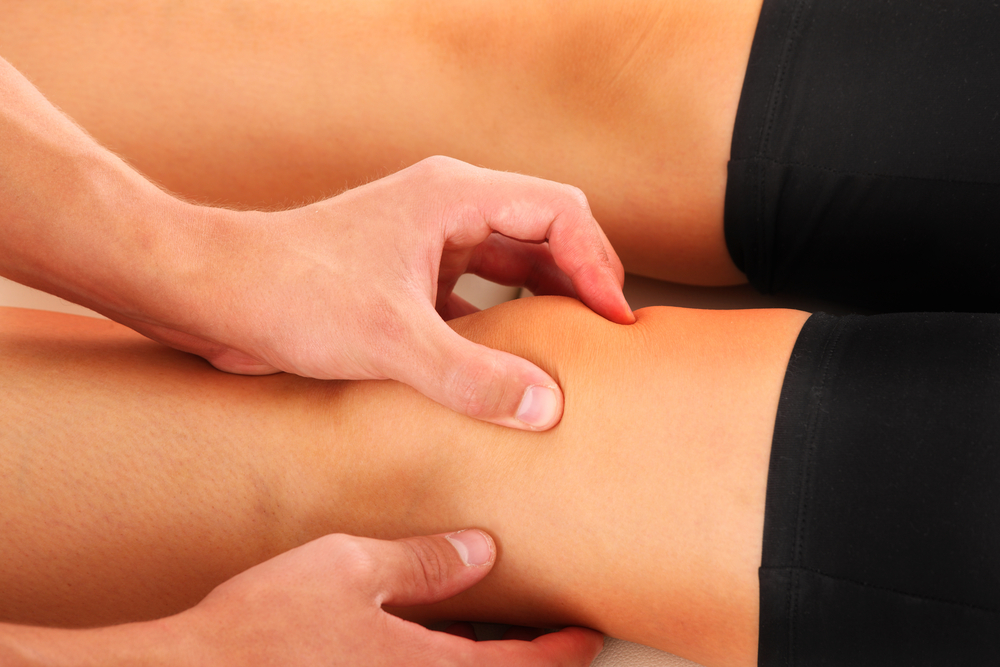 While both massage techniques focus on the myofascial tissue surrounding muscles and tendons, the active release technique uses movement to facilitate treatment of the muscles, tendons, and nerves. Myofascial release applies pressure to trigger points to gain circulation and release tension with the goal of reducing pain and immobility.
While both massage techniques focus on the myofascial tissue surrounding muscles and tendons, the active release technique uses movement to facilitate treatment of the muscles, tendons, and nerves. Myofascial release applies pressure to trigger points to gain circulation and release tension with the goal of reducing pain and immobility.
A sports massage may use both techniques to provide rehabilitation and rejuvenation. Sports massage therapists are trained to utilize a variety of these techniques to achieve maximum performance results.
Conditions Sports Therapy Massage Helps
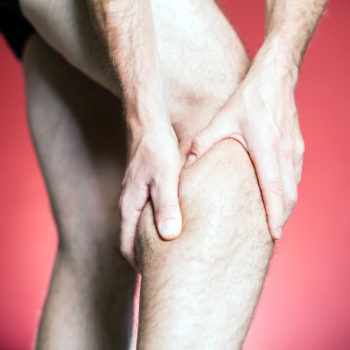 A sports massage therapist can help with improving the physical health of athletes through injury prevention and training exercise rehabilitation. Keep in mind that a sports massage is not a typical relaxation massage but is instead designed to aid with peak performance, reduce fatigue of muscles, and improve overall circulation and flexibility.
A sports massage therapist can help with improving the physical health of athletes through injury prevention and training exercise rehabilitation. Keep in mind that a sports massage is not a typical relaxation massage but is instead designed to aid with peak performance, reduce fatigue of muscles, and improve overall circulation and flexibility.
The most common conditions athletes and active individuals treat with sports massage include:
- Muscle strains: Reduces effects of muscle strains preventing peak performance.
- Tendon and ligament sprains: Improves flexibility and mobility of joints with manipulation and break-up of scar tissue.
- Delayed-onset muscle soreness (DOMS): Reduces the effect of a training program’s minor muscle strains.
- Lymphatic toxic build-up: Lymphatic drainage helps reduce swelling and eliminates toxins such as lactic acid that become stored in the muscle tissues.
Athletes also report having better focus before events when they have the pre-event sports massage. As circulation improves through massage, oxygen-rich blood provides nutrients to muscles and the brain. The benefits reports go far beyond preventing or dealing with injuries.
Benefits of Sports Massage
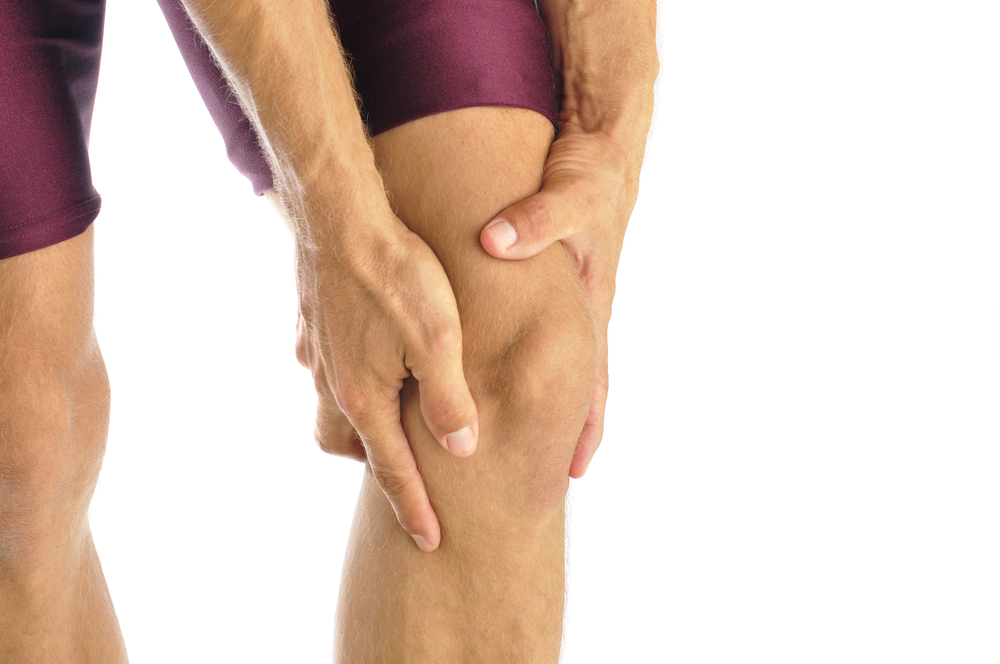 The physical goals of sports therapy massage are clearly to improve performance for athletic events. With that goal in mind, there are both physical and mental benefits to the massage therapy.
The physical goals of sports therapy massage are clearly to improve performance for athletic events. With that goal in mind, there are both physical and mental benefits to the massage therapy.
The benefits of sports therapy massage include:
- Range of motion (ROM): Increases the movement of joints giving athletes easier gaits or arm motions for things like throwing or rowing.
- Flexibility: Elongates muscles and breaks up scar tissue helping improve flexibility.
- Muscle tension reduction: Relaxes muscles with light stimulation prior to activity and releases tension after activity.
- Nerve relaxation: Decreases neurological excitability to help with focus and prevent unwanted reflex actions.
- Decreased muscle spasms: Reduces spasms and cramping by properly preparing muscles before activity and settling them after intense physical demands.
- Sense of well-being: Helps athletes feel good about their body’s ability to perform and to stand up to the rigors of training and sports events.
- Improved sleep: Prepares the body for sleep by helping muscles relax and repair faster.
- Increased blood flow: Promotes circulation with elongated movements, improving blood flow and oxygenation to muscles.
- Toxin elimination: Helps move accumulated lactic acid out of the muscles and released from the body.
- Injury prevention: Reduces athletic injuries with the proper preparation of muscles and rehabilitation of injured tissues.
- Less recovery time: Gives athletes the ability to reach peak performance with shorter intervals needed between training and sporting events.
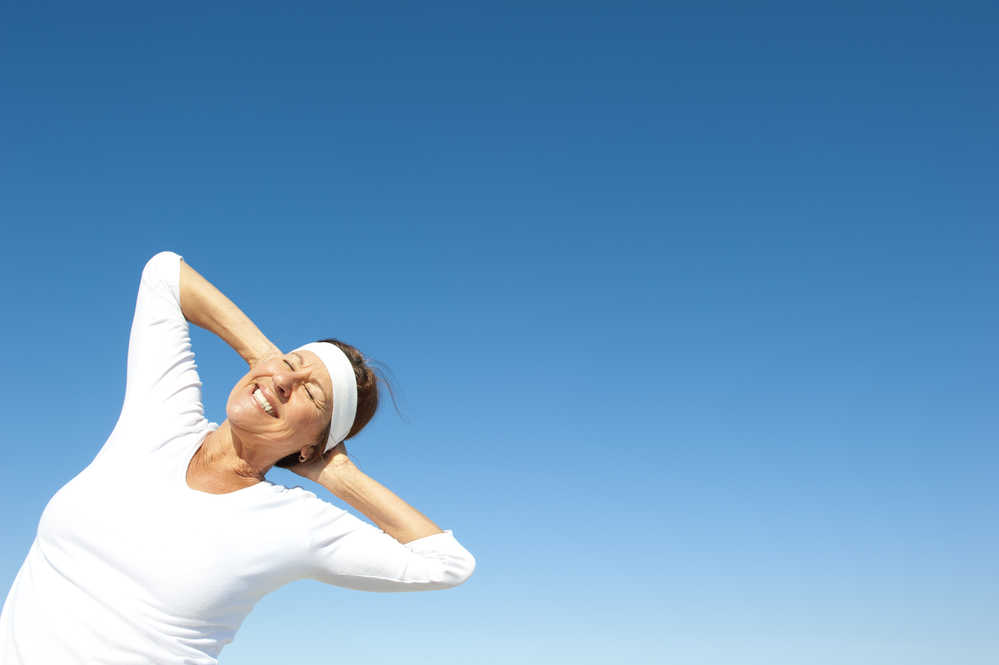 Scientific studies are still exploring all the benefits of therapeutic sports massages. However, practical reports from athletes have shown that sports massage therapy is an integral part of a successful training program. It is used by professional, collegiate, and recreational athletes around the world.
Scientific studies are still exploring all the benefits of therapeutic sports massages. However, practical reports from athletes have shown that sports massage therapy is an integral part of a successful training program. It is used by professional, collegiate, and recreational athletes around the world.
Possible Side Effects of Sports Therapy Massage
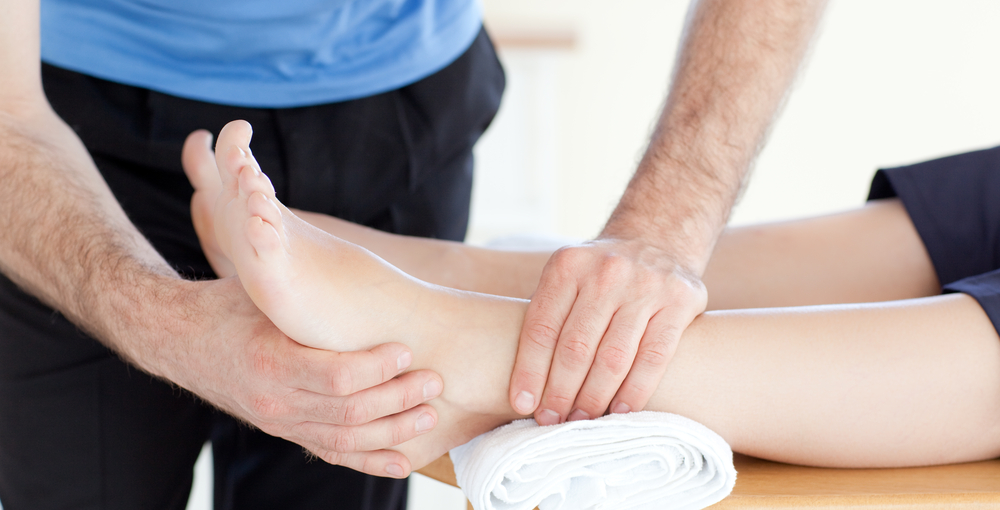 Sports therapy massage is considered safe but there are some potential side effects to be aware of. You may feel tenderness or stiffness for up to 48 hours after the massage. Some people may also have an allergic reaction or develop a rash from the massage cream or oils used.
Sports therapy massage is considered safe but there are some potential side effects to be aware of. You may feel tenderness or stiffness for up to 48 hours after the massage. Some people may also have an allergic reaction or develop a rash from the massage cream or oils used.
It may seem odd that a massage designed to help rejuvenate may have some recovery time itself, but this is why a sports massage is not recommended more than three times per week. This gives you the benefits while allowing your body to run the course of recuperation.
Training for Sports Massage Therapist
The education that sports massage therapists go through involve extensive kinesiology classes along with anatomy and ethics. There are approximately 500 hours of training and education required before a sports massage therapist becomes certified.
After educational requirements are met, the student must then get licensed through the National Certification Board for Therapeutic Massage and Bodywork (NCBTMB). Thirty-six continuing education hours are required every three years to make sure therapists are up-to-date with existing and new techniques.
What To Expect During Your Massage
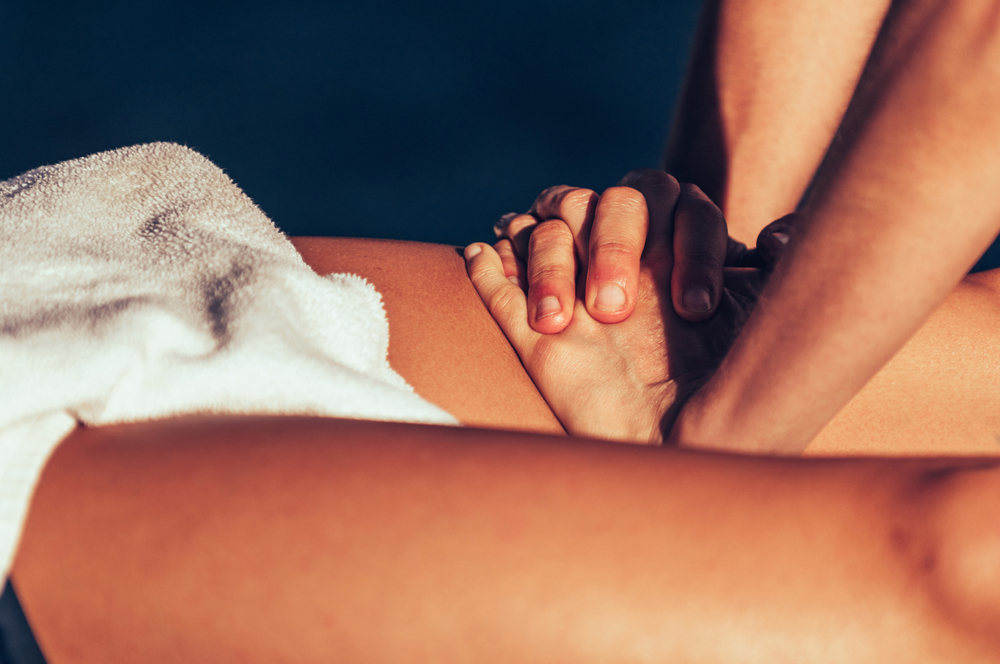 Sports massage therapy can be very general or highly focused targeting a specific body region. A pre-event massage may be different than a post-event massage. This will also change depending on whether or not you have a chronic or an acute injury.
Sports massage therapy can be very general or highly focused targeting a specific body region. A pre-event massage may be different than a post-event massage. This will also change depending on whether or not you have a chronic or an acute injury.
For example, a runner may want their quadriceps and hamstrings to be loosened to reduce the chance of pulling a muscle before a marathon. A tennis player might want his back and shoulder concentrated on to improve flexibility and keep a “live arm” for serving.
How Massage Therapists Choose Massage Modality
Massage therapists are licensed health and wellness professionals usually trained in a variety of massage techniques. Your massage therapist will ask you to conduct an intake form that will gather information about your health background, the exercise routines you maintain, and the purpose of the massage. This is the starting point on how a massage therapist works with his clients and choosing the type of massage that will most benefit the patient based on the answers.
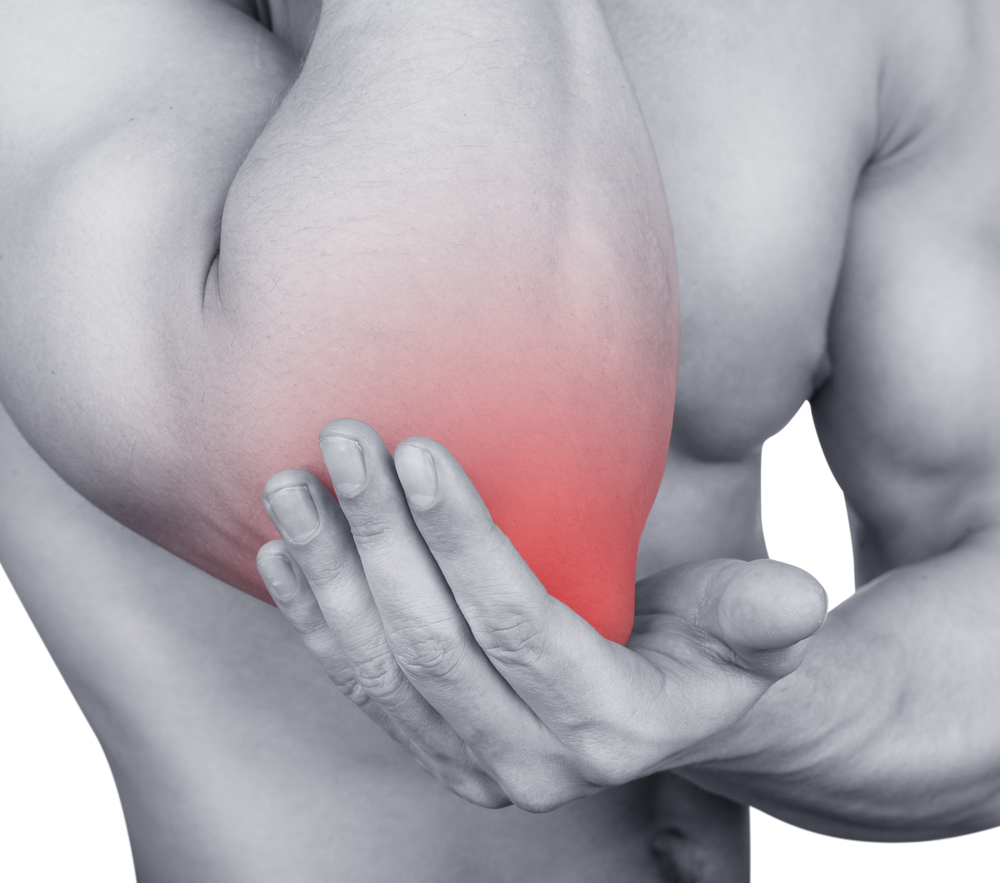 From there, the therapist will ask at the onset of every massage if you have a problem area. In the case of sports massage, he will ask whether or not you are training, about to compete or following an exercise event. During the massage, a good therapist will check in with you to see if the pressure is too much or too little, often asking if you want it more or less firm.
From there, the therapist will ask at the onset of every massage if you have a problem area. In the case of sports massage, he will ask whether or not you are training, about to compete or following an exercise event. During the massage, a good therapist will check in with you to see if the pressure is too much or too little, often asking if you want it more or less firm.
Communication during the massage is essential to making sure athletes get the most out of the massage at the right time during training routines.
You don’t want a post-event massage when you are training and performing lighter exercises. In the same way, you don’t want the rehabilitation massage right before you compete leaving you stiff and sore. This is counterproductive which is why therapists should be considered part of your team and in the know about routines and events.
Frequently Asked Questions (FAQs)
With so many types of massage techniques to choose from, you may have additional questions before booking a session. Below are the most common questions asked regarding sports massages and what to expect from a therapist.
What do sports massage therapists do?
Sports massage therapists perform massages designed to aid athletes of all levels to recuperate from training and rehabilitate from injuries faster. These therapists are specifically educated on how muscles and movement are affected in different types of sports and focus the massage on regaining strength and mobility for an athlete’s specific athletic endeavor.
Do sports massages work?
Sports massages are an effective way to realign muscle fibers and connective tissues in the body. This deep tissue massage also helps flush out toxins such as lactic acid build-up that occurs through intense training, restoring circulation and oxygen-rich blood to muscles for better performance. Regular sports massage reduces the risk of injuries and increases overall mobility and flexibility for athletes.
Does sports massage hurt?
Because sports massage is a deep tissue massage technique, therapists press firmly into the muscle. This can be painful and is contingent on whether there is an injury, any tension points, and the overall pain tolerance of the athlete. There may also be some tenderness after the massage where tension points were worked on.
How often should you get a sports massage?
Athletes training for a specific event may see a sports massage therapist two to three times a week for optimal results. At a minimum, seeing your massage therapist once a month will give moderate results and help improve the rehabilitation of muscles stressed throughout training.
Should non-athletes get a sports massage?
Those who lead an athletic or active lifestyle can still benefit from a monthly deep tissue, sports therapy massage. It will help maintain proper range of motion and flexibility for day-to-day activities and the occasional weekend sporting event or strenuous hike.
Bottom Line
If you are training for an upcoming sports event, schedule an appointment for a sports therapy massage to see the full benefits to your performance. Deal with those minor injuries and heal faster and help prevent major injuries from stopping you from participating.
If you are in the Salem, Oregon area you can schedule an appointment with Whitmire Chiropractic for full-service health and wellness needs from a team with experience in sports massage. Let us help you with achieving peak performance.
Call (503) 362-1002 or click below to request an appointment online:

I have been very impressed with the knowledge and professionalism shown by the staff and physicians at Whitmire Chiropractic. I have been to several other practitioners in the area and I am very relieved to have at last found a chiropractor I can be comfortable to bring my whole family to. I am finally finding relief for shoulder and neck pain that have plagued me for years. I have already referred this office to several of my friends and will continue to do so. Well Done Dr. Whitmire!! The most thorough and well explained doctor I’ve ever met!

Schedule Appointment
Office Hours
Tues: 9:00am - 7:00pm
Wed: 9:00am - 7:00pm
Thurs: 9:00am - 7:00pm
Fri: 9:00am - 5:00pm
Sat: Closed
Sun: Closed

